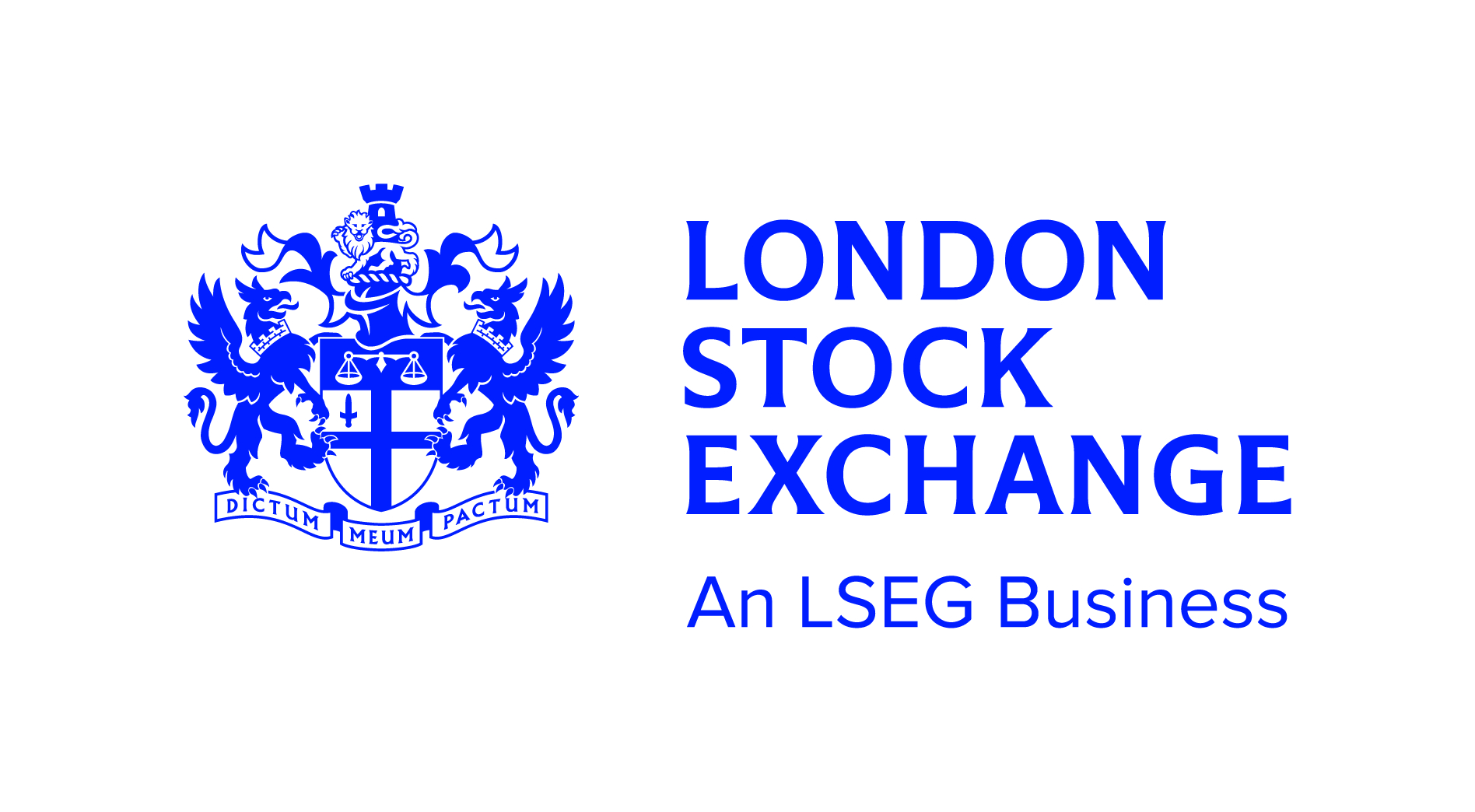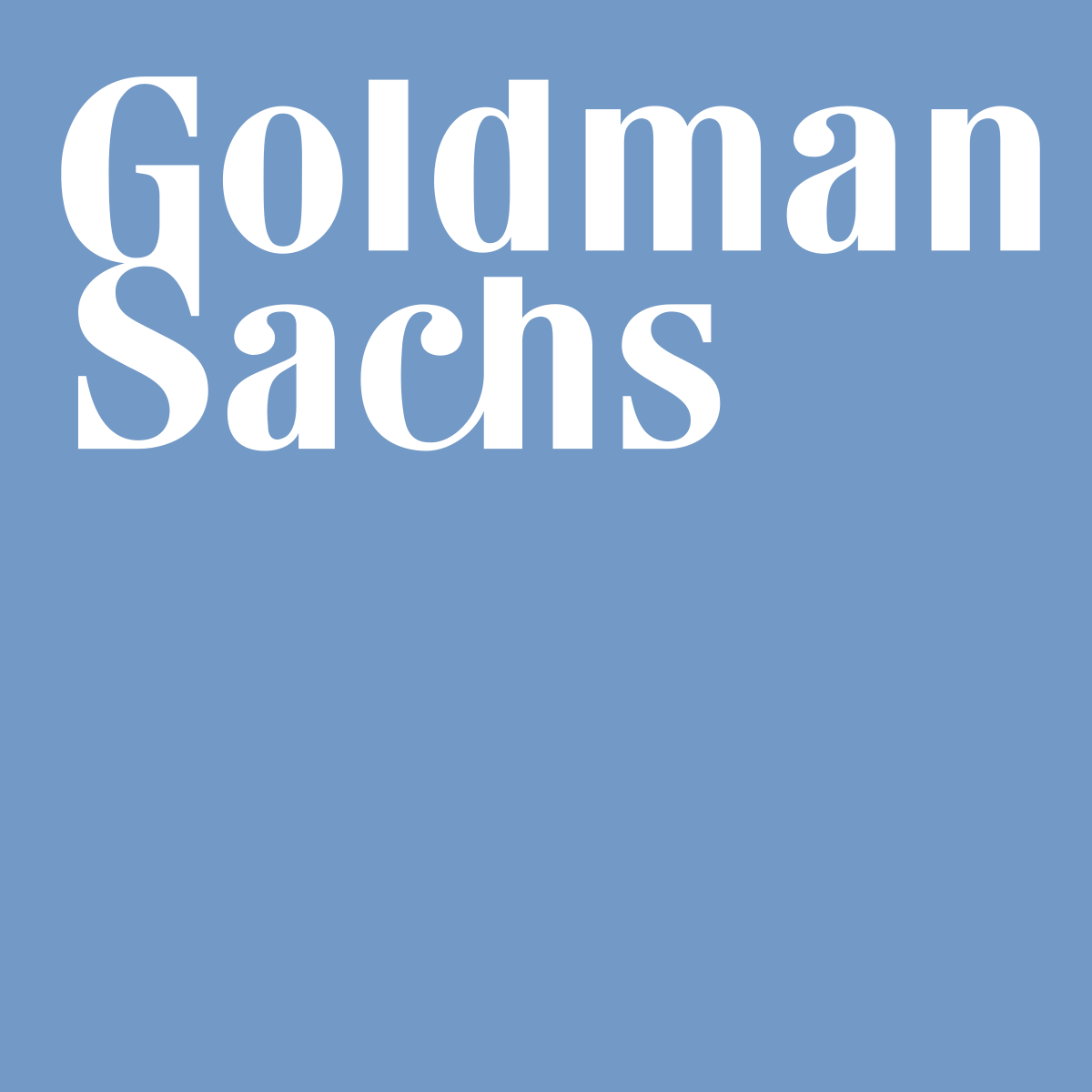The clue is in the name, however, on-exchange ETF volumes in Europe remain at pitifully low levels with buyside traders bemoaning the lack of liquidity onscreen.
Request-for-quote (RFQ) platforms currently dominate the ETF trading landscape this side of the pond, an unintended consequence of the introduction of MiFID II in 2018 which attempted to push volumes onto ‘lit’ venues.
Highlighting this, RFQ’s market share of ETP trading in Europe jumped to 50% last year, up from 48% in 2021 and 44% in 2020, according to data from Jane Street.
It is easy to see why. RFQ platforms enable buyside traders to put multiple liquidity providers into competition while ensuring immediacy of execution via a risk transfer.
Furthermore, with ETFs listed across multiple exchanges in a variety of currencies, the pan-European nature of RFQ trading helps tackle potential fragmentation issues.
As Adam Gould, head of equities at Tradeweb, explained: “It is critical for asset managers to automate in order to maximise liquidity opportunities for their clients.
“By trading in an electronic RFQ environment – as opposed to exchange-based trading – asset managers avoid that fragmented approach.”
Even exchanges have been forced to react to demand by launching their own RFQ solutions. The London Stock Exchange (LSE), for example, unveiled what it dubbed ‘RFQ 2.0’ in December 2020, an RFQ solution that also sweeps the order book for additional liquidity.
Despite the increasing share of ETP trading occurring via RFQ platforms, ETF capital markets desks are urging buyside traders to avoid a “one-size-fits-all approach” in which they send their entire flow to RFQ platforms.
While there are advantages to executing at ‘risk’, there are also some drawbacks including information leakage – which enables the practice of pre-hedging – or underlying market impact due to the immediacy of the trade, both of which lead to additional costs.
“Dealing desks should avoid a one-size-fits-all approach and be able to adapt ETF execution based on the objectives of the trade, characteristics of the ETF and prevailing market conditions,” Paul Battams, head of EMEA equity trading, Trading & Liquidity Strategies Group, at BlackRock, said.
However, the perceived lack of volume on exchange means traders are currently looking for other options but without any trades, volumes will never grow, leaving the market faced with a ‘chicken and egg’ situation.
To address this issue, the use of ETF algorithms is being touted. The likes of HSBC and Goldman Sachs have raced to create ETF algos over the past few years in a bid to help traders work orders on exchange.
Tim Miller, senior trader at Fidelity International, said the firm has started experimenting with ETF algos to achieve best execution.
“Solutions are now coming to the market where the algos have an embedded fair value model that can work out the ETF basket for an approximate fair value which can then be traded,” he added.
The advantage of this approach is buyside dealers can work an order over a period of time to reduce the impact of the trade, rather than impacting the price through a risk transfer.
“European ETF liquidity is not limited to shares trading on a particular listing,” Battam added. “ETF liquidity providers can trade across multiple venues (both on- and off-exchange) as well as create new shares to balance ETF supply and demand.”
While this is set to be a slow process of education, understanding the objectives of each ETF trade – and adapting an execution strategy accordingly – will ensure volumes grow across exchanges and exchange-traded funds live up to their name.








